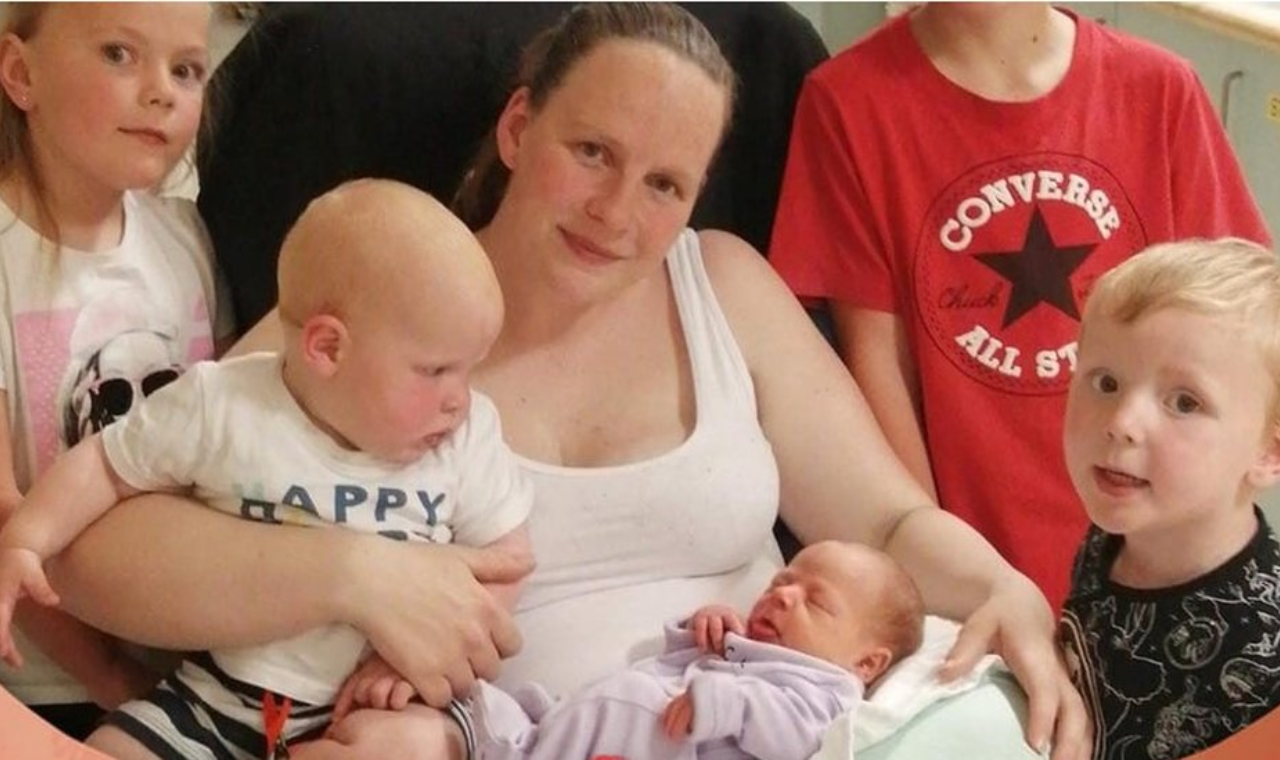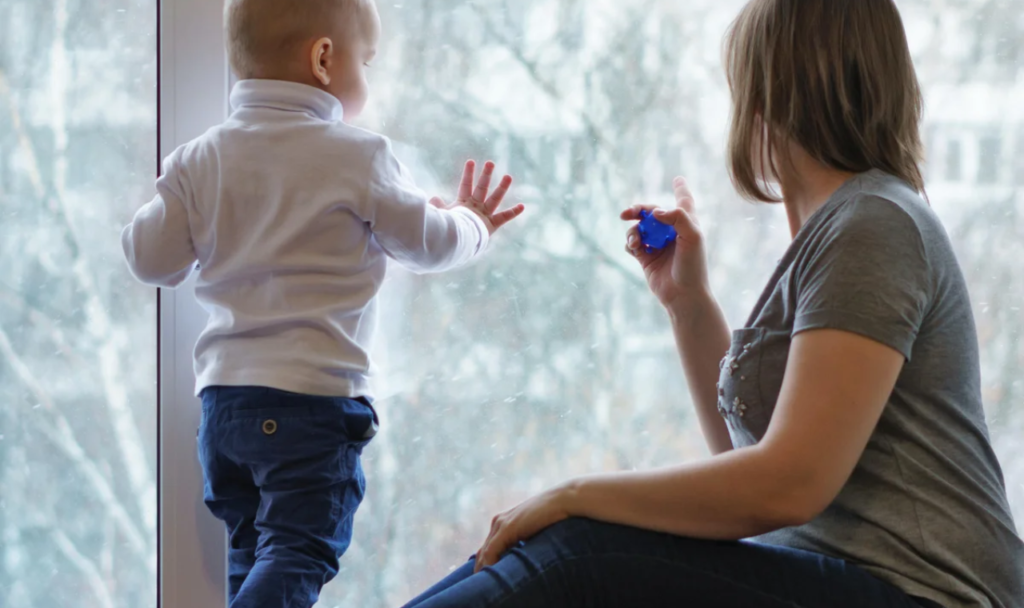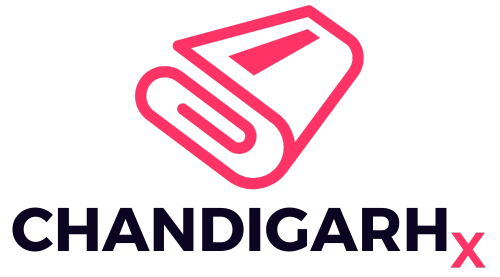The UK’s two-child benefit cap has been a contentious policy since its introduction in 2017, with campaigners and politicians debating its impact on child poverty. The cap prevents parents from claiming Universal Credit or Child Tax Credit for more than two children unless they qualify for certain exemptions.
With recent discussions about potential reforms, UK families may see changes to this policy. Here’s what you need to know about the new rules, their potential impact, and how the government might address concerns.
Understanding the Two-Child Benefit Cap
The two-child benefit cap applies to families claiming Universal Credit or Child Tax Credit and restricts financial support to the first two children. It applies to children born after April 6, 2017, meaning parents who had a third child before this date were not affected.
Some exemptions exist, including cases of multiple births, adoption, and children conceived due to non-consensual circumstances. However, for most families, additional children do not receive financial assistance through these benefits.
The policy was introduced as part of wider welfare reforms aimed at reducing government spending and encouraging financial responsibility among parents. However, critics argue that it disproportionately affects low-income families and has contributed to rising child poverty.

Proposed Changes: What Could Happen?
While the UK government has not announced a full repeal of the policy, recent discussions indicate that modifications may be on the horizon. The most notable proposals include:
1. Exemptions for Parents with Children Under Five
One of the main proposals is to exempt parents with children under the age of five from the cap. This change aims to address the financial difficulties that families with young children face, particularly as they struggle with the rising cost of childcare and living expenses.
According to reports, nearly 1.2 million children under four currently live in households below 60% of the UK’s median income, with nearly half of them in deep poverty. Supporters argue that exempting younger children from the cap could significantly reduce financial hardship.
2. Expanding the Cap to Three Children
Another option under consideration is to increase the cap from two children to three, allowing families to claim benefits for an additional child. This would provide relief to larger families while still maintaining some financial restrictions.
3. Special Provisions for Families with Disabled Children
Campaigners have also called for additional exemptions for parents of disabled children, who often require more financial support due to medical and care expenses. While some benefits already exist for children with disabilities, removing the cap for these families could further ease their financial burden.
4. Increased Child Benefit for Parents of Young Children
An alternative approach being discussed is raising child benefit payments for families with young children, rather than directly modifying the two-child limit. This measure could provide additional support without removing the cap entirely.
Scotland’s Plans to Address the Cap
While the UK government debates changes, Scotland has already announced plans to mitigate the policy from 2026. The Scottish government has pledged to provide financial assistance to families affected by the cap, a move expected to help thousands of households and lift more than 15,000 children out of poverty.
However, the rollout depends on receiving necessary data from the UK’s Department for Work and Pensions (DWP), and it is estimated to cost around £150 million per year. If implemented successfully, this initiative could set a precedent for further reforms across the UK.

Impact of the Two-Child Cap on Families
Since its introduction, the policy has faced criticism from anti-poverty organizations, who argue that it pushes larger families deeper into poverty.
According to research from the Child Poverty Action Group (CPAG), the cap has had the following effects:
- 1.5 million children affected across the UK.
- More than half of families impacted are in work.
- An average loss of £3,200 per year for affected families.
A 2023 study also found that the policy disproportionately affects minority ethnic families and single-parent households, who are more likely to have three or more children.
Government’s Position and Next Steps
The UK government has defended the two-child cap as a necessary measure to ensure families make financial decisions based on their ability to provide for their children. However, with rising living costs and increasing child poverty, pressure is mounting to introduce reforms.
While no official changes have been confirmed, discussions within parliament and advocacy groups indicate that adjustments could be made in the coming years.
If you are affected by the two-child cap, you may be eligible for additional support through:
- Scottish Child Payment (for families in Scotland) – Apply here.
- Disability Living Allowance (DLA) for Children – Check eligibility.
- Local Council Assistance – Find support via your local council.
Conclusion
The debate over the two-child benefit cap is far from over, with ongoing discussions about its future. While the UK government has yet to make definitive changes, exemptions for young children, larger families, and disabled children remain under consideration.
For families currently affected by the cap, staying informed about updates and potential financial assistance is crucial. As discussions continue, the possibility of policy reforms in the coming years remains high.

Pankaj Kumar is a journalist at Chandigarh X, covering admit cards, recruitment, and government schemes. His articles provide readers with detailed insights into application processes, eligibility, and exam updates.
Outside of work, Pankaj enjoys traveling, fitness, and cricket, often participating in local matches on weekends.



